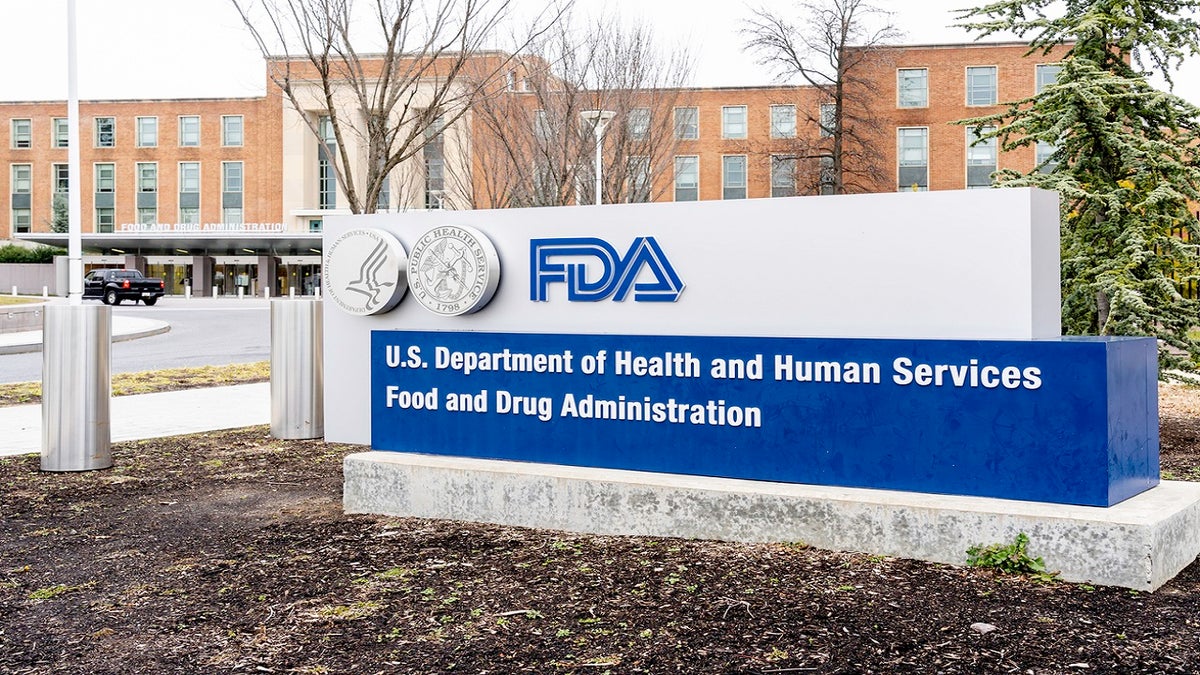Biden Supreme Court commission meets for first time as key abortion case looms
Judicial Crisis Network President Carrie Severino breaks down the significance and timing of the case challenging Roe vs. Wade.
A sweeping new study claims that chemical abortions "significantly" increase the risk of abortion-related emergency room (ER) visits compared to those following the surgical form – raising questions about existing data and the adequacy of federal regulation over a rapidly spreading product.
Authors from the anti-abortion Charlotte Lozier Institute (CLI) report "abortion-related" ER visits were higher and increased at a faster rate (per 1,000 abortions) for the chemical version than they did after surgical procedures. More specifically, chemical abortion visit rates increased by 507% (8.5 to 51.7 per 1,000) between 2002 and 2015. During that same period, the surgical abortion visit rate increased 315%.
The authors determined the types of visits by combing through the codes reported by providers in Medicaid records from 1999-2015. In total, last week's study looked at "423,000 confirmed induced abortions and 121,283 subsequent ER visits occurring within 30 days of the procedure."
FDA'S REMOVAL OF RESTRICTIONS ON TELEMEDICINE ABORTIONS PROMPTS CELEBRATION, SAFETY CONCERNS

A similar trend was observed for abortions the authors say were "miscoded" as "spontaneous" since they occurred within 30 days of women receiving either the chemical or surgical versions.
Last week's research comes just before the Food and Drug Administration (FDA) is expected to decide whether abortion providers should be required to dispense pills in person. The FDA said in a recent court filing that it expects to complete its review of the in-person dispensing requirement by Dec. 16.

Use of the pill has increased – specifically to 50% of all abortions in 2020, according to CLI – after the FDA's authorization in 2000.
Janet Woodcock, the acting FDA commissioner, argued in April that existing literature doesn't indicate serious complications arising without the in-person requirement.

She added that the Center for Drug Evaluation and Research, housed within the FDA, found that "the small number of adverse events reported to FDA during COVID-19 ... provide no indication that any program deviation or noncompliance with the Mifepristone REMS Program contributed to the reported adverse events." REMS – Risk Evaluation and Mitigation Strategy – refers to safety protocols for taking the medication.
The American College of Obstetricians and Gynecologists (ACOG) praised the Biden administration's decision as a way to protect patients and medical professionals from contracting COVID-19 during in-person visits. It also maintained that studies had shown the drug to be "a safe, effective medication."
By contrast, the Trump administration defended the restrictions, telling Vice they served to "ensure that the benefits of the drug outweigh its risks."
Chemical abortions have raised special concern as online and overseas suppliers have emerged – making remote dispensing easier and less likely to be regulated.
The American Association of Pro-Life Obstetricians and Gynecologists (AAPLOG) has said in-person visits are critical to detecting ectopic pregnancies, which can be life threatening; ensuring accurate estimations of gestational age; and for determining whether women need the medication Rhogam, which is used to prevent complications in future pregnancies.
Reaching a more complete picture of chemical abortion complications in the U.S.
Last week's study adds to a relatively incomplete picture of chemical abortion in the U.S. at a time when that alternative is expected to grow as states make obtaining the surgical version more difficult.
Critics of chemical or medicinal abortion contend that both U.S. data and the FDA's knowledge of so-called "adverse incidents" is woefully inadequate.
The FDA's adverse event reporting, for example, only covers deaths and relies on reporting from manufacturers. Its website recognizes several factors, like timing of marketing, that might influence reporting as well.

The Food and Drug Administration in Washington, D.C., on Jan. 13, 2020.
AAPLOG's Dr. Christina Francis previously told Fox News that "many studies show that on average 5-8% of women need emergency room visits for complications, and this does not even include the number of surgeries done in the abortion clinics."
She added: "5% of the 3.7 million women who have used Mifepristone according to FDA estimates means at least 185,000 women have suffered and needed surgery and medical treatment as a result."
CLI's study also aligns with one from Finland, which has a single payer system that makes tracking the issue easier. That 2009 study, which used a cohort of more than 42,000 women, found that chemical abortions saw a four-fold higher rate of adverse events compared to surgical. It concluded, however, that both forms are generally safe.
CLICK HERE TO GET THE FOX NEWS APP
Reporting by the Centers for Disease Control (CDC) excludes California, New Hampshire and Maryland. Medicaid, meanwhile, focuses on low-income women and CLI's study utilized data from 17 states. Last week's study was able to account for California in 2015 – an inclusion that "more than doubled" the number of chemical abortions.




